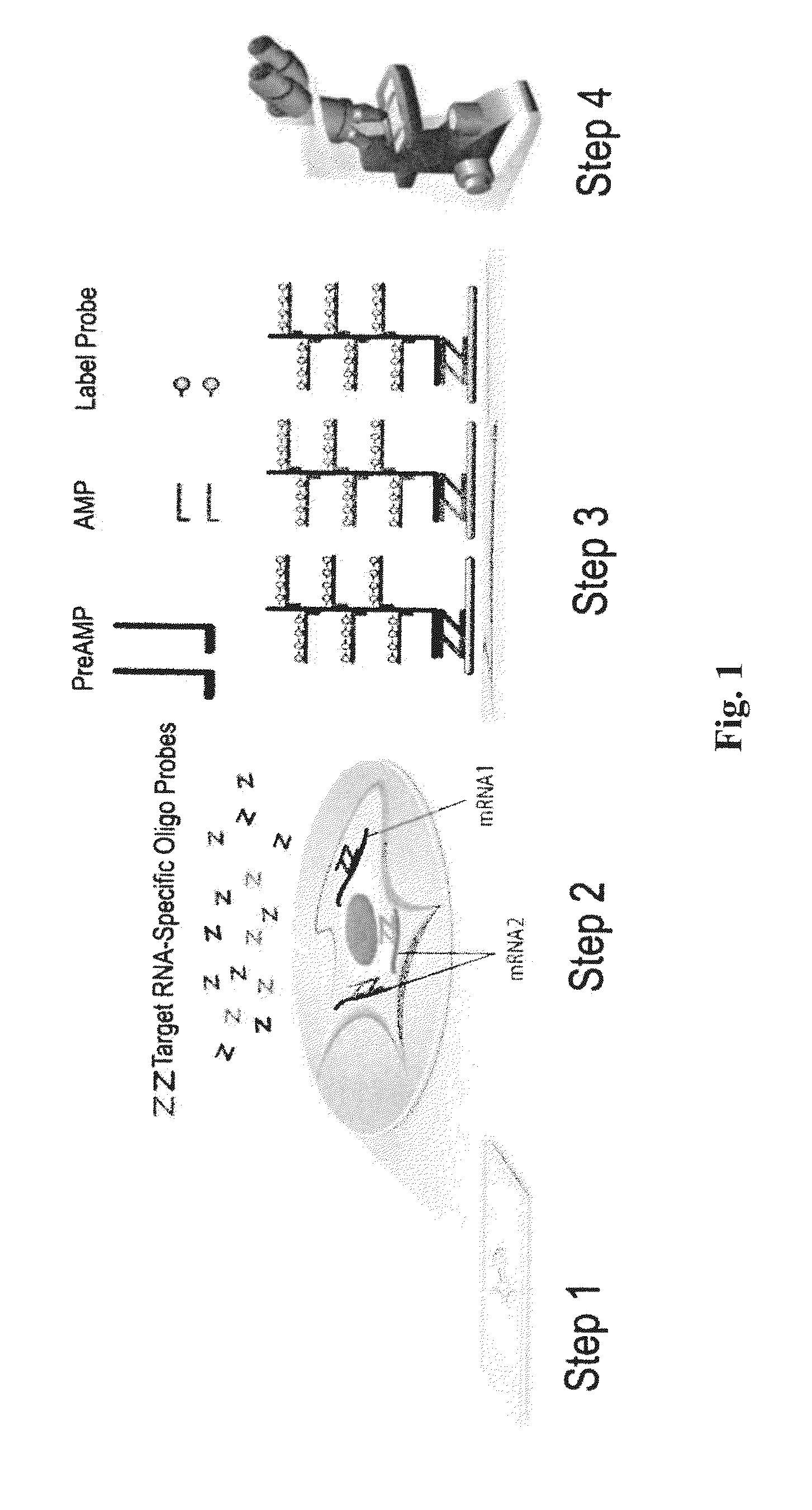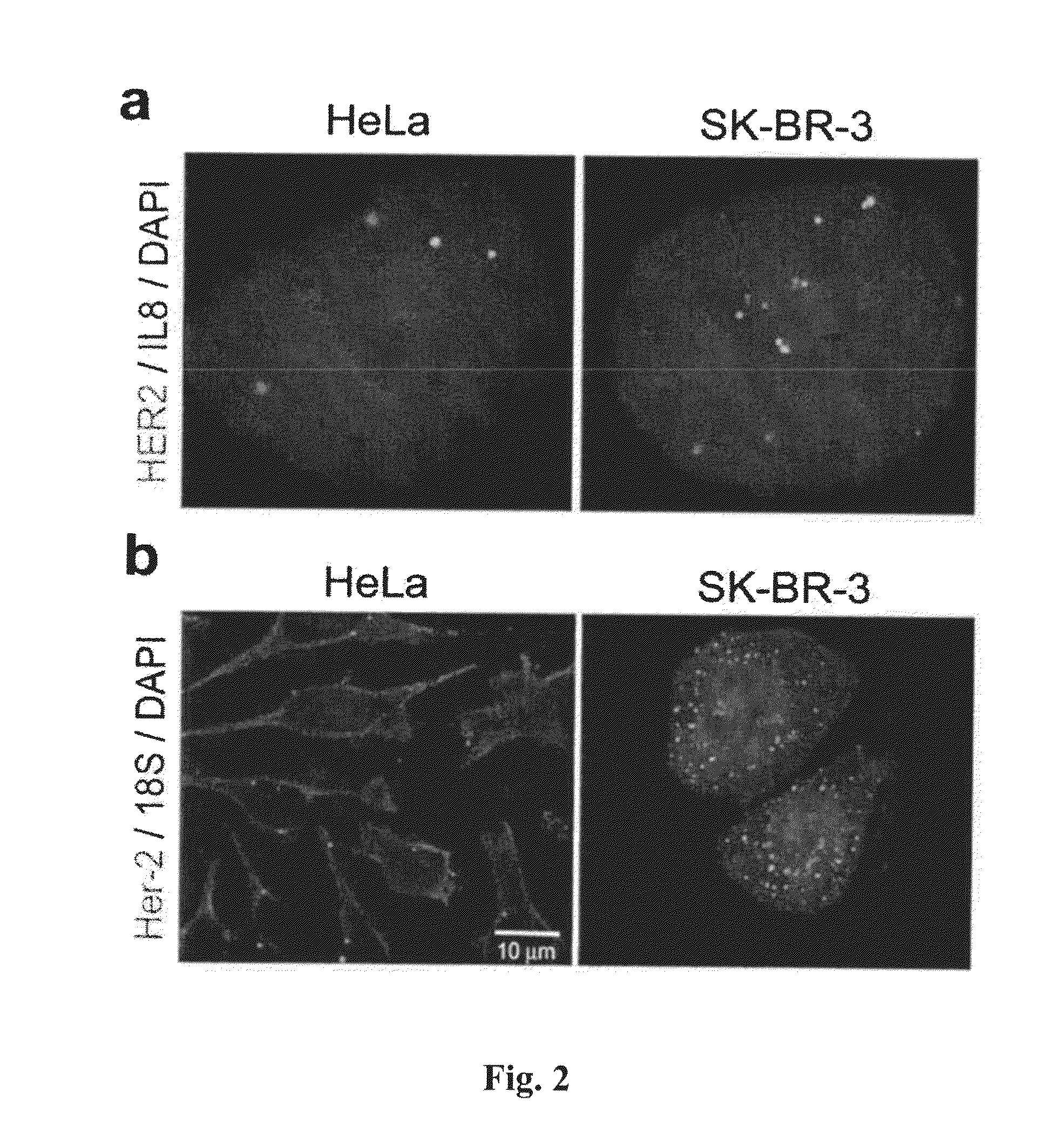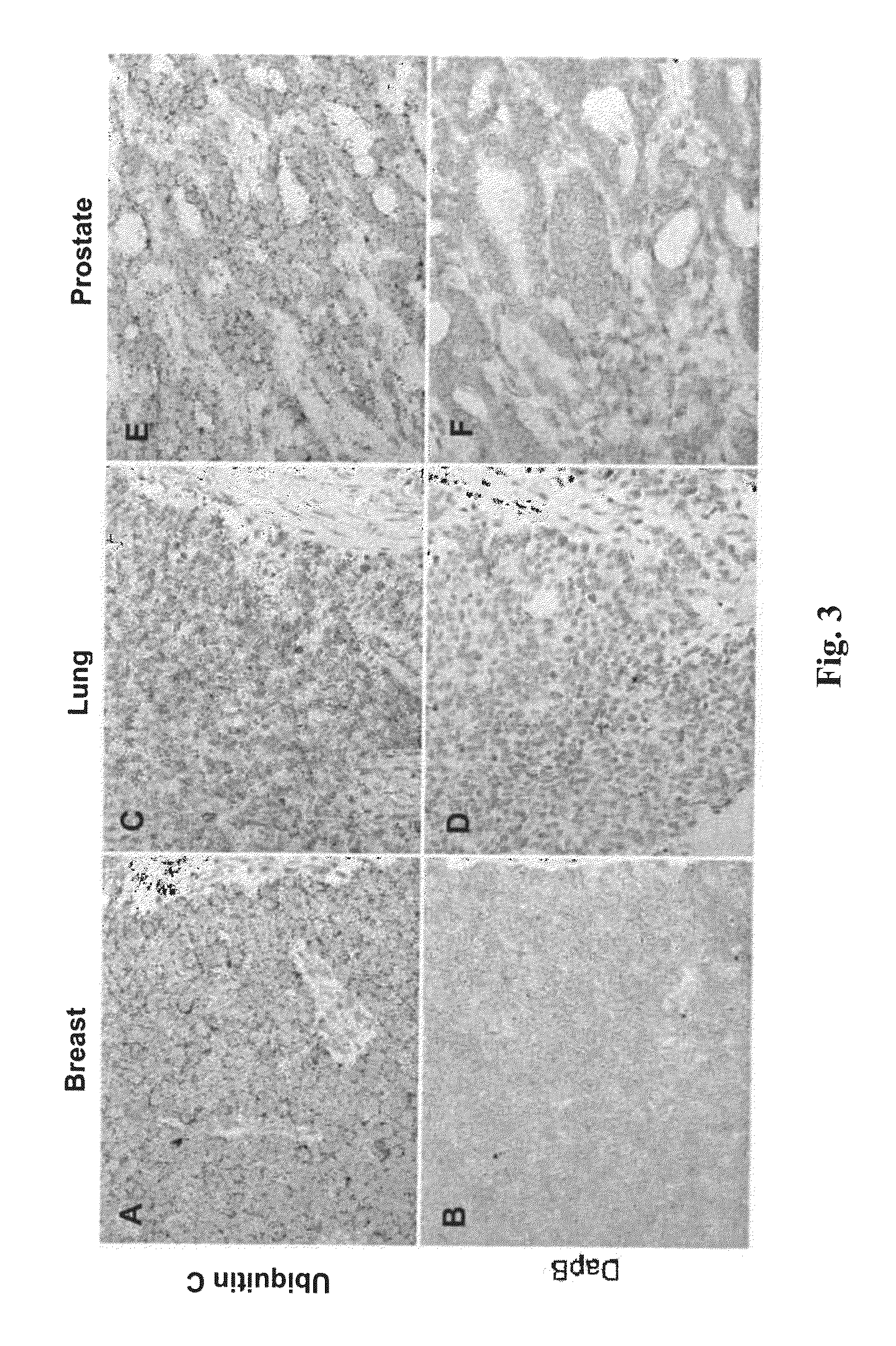Biomarkers for differentiating melanoma from benign nevus in the skin
a biomarker and melanoma technology, applied in the field of detection of melanoma, can solve the problems of adversely affecting patient outcome and quality of life, poor interobserver reproducibility, and different approaches to translate differential gene expression into clinical diagnostics, and achieve the effect of increasing the expression of the marker
- Summary
- Abstract
- Description
- Claims
- Application Information
AI Technical Summary
Benefits of technology
Problems solved by technology
Method used
Image
Examples
example 1
Selection of PHACTR1, SPP1, and MLANA as Biomarkers for Detecting Melanoma
[0216]To identify the molecular events associated with melanoma progression and potential novel markers for early melanoma diagnosis, genome-wide gene expression microarrays were performed by several groups, and several datasets were made available through the Gene Expression Omnibus (GEO) database (http: / / (www.)ncbi.nlm.nih.gov / geo / ). Although bioinformatic and statistical analysis had already been performed on the these datasets by the original authors, it was reasoned that combining results from multiple datasets, especially those from different microarray platforms, may lead to consistent, cross-validated candidate markers. Consequently, two different datasets comparing normal skin or benign nevi and malignant melanoma, GSE3189 (Affymetrix® GeneChip® HG-U133A, 22,000 genes) and GSE12391 (Agilent® Human Whole Genome Oligo Microaary, 41,000 genes) were selected, for candidate identification. GSE3189 contains...
example 2
Validation of PHACTR1, SPP1, and MLANA as Biomarkers for Detecting Melanoma
[0219]RNAscope® assays using gene-specific probes against these eight selected candidate genes were performed on a series of FFPE tissue microarrays (TMAs) obtained from commercial vendors. The bacterial gene DapB was used as negative control. These TMAs contained normal skin, nevi and melanomas of different stages. TMAs are efficient means to test many candidate genes in multiple samples.
[0220]In these TMA experiments, MLANA had higher and more consistent expression in benign nevi and melanomas than TYR. Thus, MLANA was chosen as the marker for melanocytes and melanoma cells. It also served as a positive control for RNA integrity, since these TMAs were constructed from archival tissues from various times and sources and had variable quality in RNA preservation. Together, 70% of the melanocytic nevi and melanomas on the TMAs had MLANA-staining intensity scores above 2+ on a semi-quantitative scale and were co...
example 3
Selection of Additional Biomarkers for Detecting Melanoma
[0224]Further improvements in RNAscope® Mela performance are highly desirable. First, MLANA was used as a positive control to help identify melanocytes (benign or malignant) and to assess quality of specimens. However, desmoplastic melanoma, representing 2-3% of all melanomas, is known to be negative for MLANA expression. A small fraction of other melanomas may also be negative for MLANA. Thus a negative MLANA staining result may be difficult to interpret. Second, PHACTR1 and SPP1 were negative in 5% of the melanomas, resulting in false negative classifications.
[0225]Therefore, it was sought to add additional markers to the 3-gene panel. First, two S100 genes, S100A6 and S100B, were added to MLANA to serve as positive control for assay procedure and sample quality control. S100A6 and S100B are known to be expressed in desmoplastic melanomas which are usually nelan-A-negative. An example of RNAscope® detection of S100 in desmop...
PUM
| Property | Measurement | Unit |
|---|---|---|
| Nanostring | aaaaa | aaaaa |
| multicolor fluorescence in situ hybridization | aaaaa | aaaaa |
| Fluorescence in situ hybridization | aaaaa | aaaaa |
Abstract
Description
Claims
Application Information
 Login to View More
Login to View More - R&D
- Intellectual Property
- Life Sciences
- Materials
- Tech Scout
- Unparalleled Data Quality
- Higher Quality Content
- 60% Fewer Hallucinations
Browse by: Latest US Patents, China's latest patents, Technical Efficacy Thesaurus, Application Domain, Technology Topic, Popular Technical Reports.
© 2025 PatSnap. All rights reserved.Legal|Privacy policy|Modern Slavery Act Transparency Statement|Sitemap|About US| Contact US: help@patsnap.com



